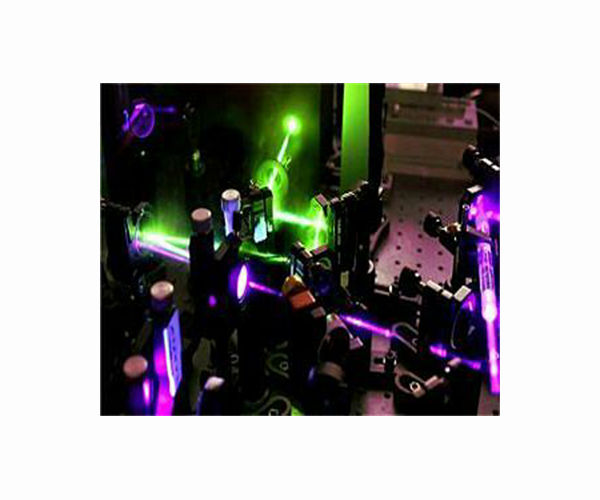Scientists will create solar lasers for space power, inspired by nature
An international collaboration, including researchers from Scotland’s Heriot-Watt University, has announced a groundbreaking approach to harnessing solar energy in space by converting sunlight into laser beams. This technology aims to enable long-distance energy transmission between satellites, from satellites to moon bases and possibly back to Earth.
The team draws inspiration from natural photosynthesis: how plants, bacteria and other organisms convert light into chemical energy. The project will integrate naturally derived photosynthetic structures as part of the laser system design.
The potential impact of this innovation extends to powering future moon bases and Mars missions, as well as improving global sustainable energy solutions through wireless energy transmission. The €4 million APACE project is funded by the European Innovation Council and Innovate UK, with contributions from researchers from Britain, Italy, Germany and Poland.
Key to the project are photosynthetic antenna complexes from purple and green sulfur bacteria, which are known for their near-perfect energy transfer efficiency through superradiant state formation. The first phase involves laboratory research, extracting and analyzing these natural light collection mechanisms to understand their highly efficient photon capturing capabilities.
In parallel, the project will create artificial structures that mimic these natural systems and develop new laser materials compatible with both. The combined laser system will undergo testing in increasingly larger configurations.
Unlike traditional semiconductor solar panels, which convert sunlight into electricity, the new system operates on a sustainable organic base that can be replicated in space. It offers the advantage of direct power distribution without intermediate electrical conversion.
Professor Erik Gauger from the Institute of Photonics and Quantum Sciences at Heriot-Watt University, who led the theoretical aspect, highlighted:
“Sustainable energy generation in space, without relying on perishable components shipped from Earth, represents a major challenge. Yet living organisms are experts at being self-sufficient and exploiting self-assembly. Our project is not based solely on biological inspiration , but goes one step further by piggybacking on functionality that already exists in bacteria’s photosynthetic machinery to achieve a breakthrough in space power.
“Our APACE project aims to create a new type of laser powered by sunlight. Normal sunlight is usually too weak to power a laser directly, but these special bacteria are incredibly efficient at collecting and channeling sunlight through their intricately designed light-harvesting structures, which can effectively amplify the energy flow of sunlight to the reaction center by several orders of magnitude. Our project will take advantage of this level of amplification to convert sunlight into a laser beam without relying on electrical components.
“We already know that it is possible to grow bacteria in space, for example through studies on the International Space Station. Some hardy bacteria have even survived exposure to open space! If our new technology can be built and used on space stations, it could help generate energy locally and even provide a route to send energy to satellites or back to Earth using infrared laser beams.
“This technology has the potential to revolutionize the way we power space operations, making exploration more sustainable while advancing clean energy technology here on Earth. All major space agencies have lunar or Mars missions in their plans and we hope to help drive them.”
The project will also develop supramolecular gain media, integrating natural or artificial antenna complexes with specialized laser units and new cavity designs for lasers at different scales. The first prototype is expected within three years.


